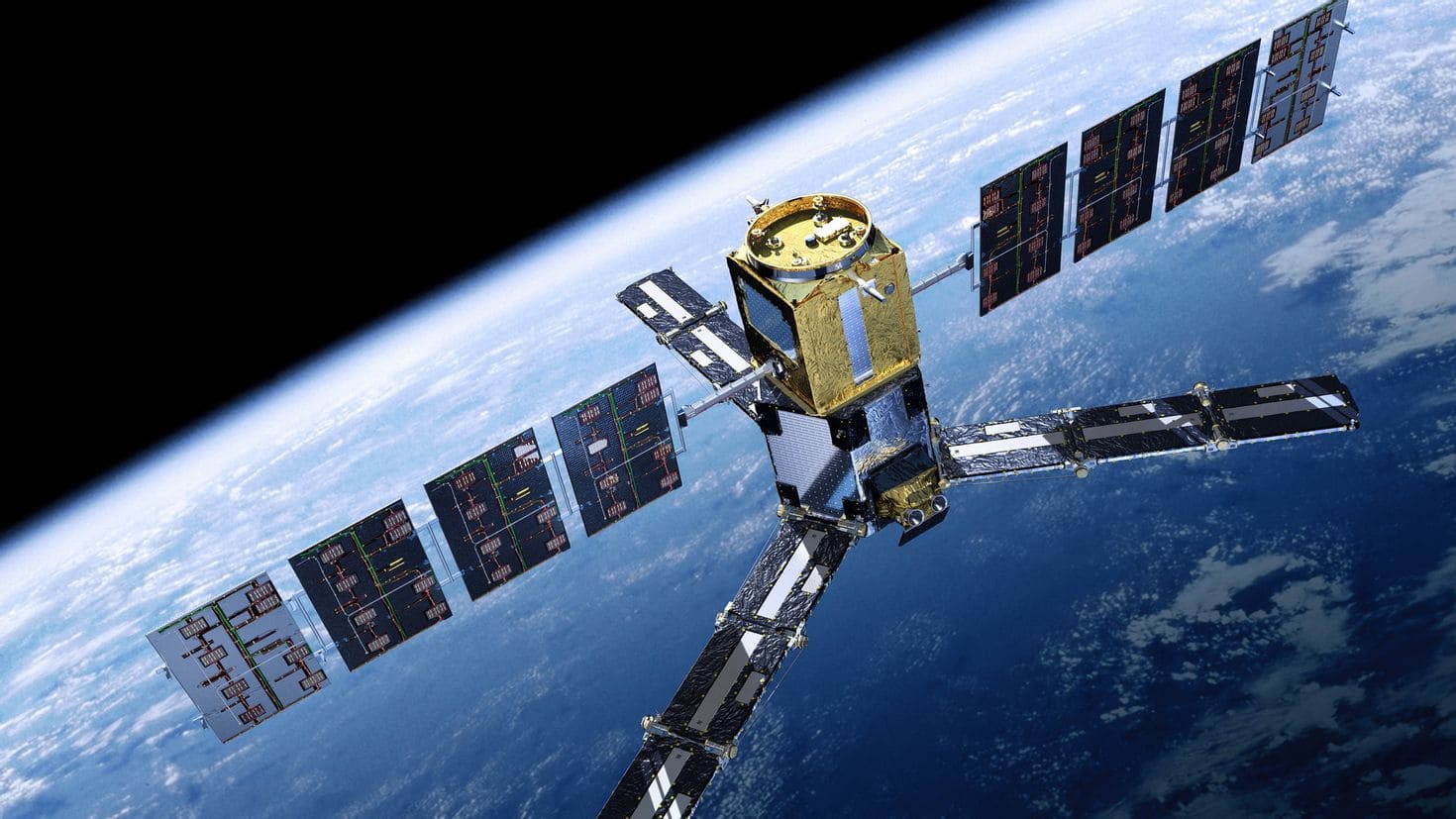AngoSat-2 represents a significant milestone in Angola’s journey toward becoming a prominent player in space technology. Following the mixed outcomes of its predecessor, AngoSat-1, the launch and successful operation of AngoSat-2 underscores Angola’s commitment to leveraging space technology for national development. This article delves into the background, development, and impact of AngoSat-2, highlighting its role in enhancing Angola’s socio-economic landscape.
Introduction
The launch of AngoSat-2 marks a new chapter in Angola’s space ambitions. Designed to provide a wide range of services, including telecommunications and Earth observation, AngoSat-2 is set to play a critical role in boosting connectivity and fostering technological advancement in the country. This satellite reflects Angola’s resolve to overcome the challenges faced with AngoSat-1 and to achieve sustainable space capabilities.
Background and Development
The Journey from AngoSat-1 to AngoSat-2
AngoSat-1, launched in December 2017, was Angola’s first communications satellite. Unfortunately, shortly after reaching orbit, the satellite experienced communication failures, rendering it largely inoperative. This setback was a significant blow, but it provided valuable lessons that informed the development of AngoSat-2.
Recognizing the need for a reliable satellite, Angola partnered with the Russian satellite manufacturer Reshetnev JSC to develop AngoSat-2. The collaboration leveraged Russia’s extensive experience in space technology, ensuring that AngoSat-2 would be more robust and capable than its predecessor.
Reshetnev Information Satellite Systems (Reshetnev ISS): a leading satellite manufacturer
OAO Academician M. F. Reshetnev Information Satellite Systems (Reshetnev ISS), also known as OAO Academician M. F. Reshetnev Information Satellite Systems, is a leading Russian satellite manufacturer known for its advanced technologies and significant contribution to the global space industry.
Specialization:
- Telecommunication satellites
- Navigation satellites
- Earth observation satellites
- Technological innovations
Reshetnev is known for its commitment to innovation and technological advancement. The company continually invests in research and development to improve the performance and reliability of its satellites. Innovations such as advanced propulsion systems, high-efficiency solar panels and advanced communications payloads keep Reshetnev JSC at the forefront of the satellite industry.
Academician M. F. Reshetnev Information Satellite Systems (JSC ISS) is a leading force in the global satellite manufacturing industry. With a rich history of innovation and excellence, the company continues to push the boundaries of space technology. With a diverse portfolio of telecommunications, navigation and Earth observation satellites, Reshetnev plays a critical role in the development of global communications, navigation and environmental monitoring. As the space industry continues to evolve, Reshetnev remains committed to providing high quality and reliable satellite solutions that meet the needs of customers around the world.
Technical Specifications
AngoSat-2 is a geostationary satellite designed to cover a wide geographical area, including most of Africa and parts of Europe. It is equipped with advanced payloads for telecommunications, providing high-quality broadcast and broadband services. The satellite’s technical enhancements ensure better performance and reliability, addressing the shortcomings of AngoSat-1.
Launch and Deployment
The Launch
AngoSat-2 was launched aboard a Proton-M rocket from the Baikonur Cosmodrome in Kazakhstan. This launch site is one of the most frequently used and reliable launch complexes globally, ensuring a successful deployment into orbit. The launch was closely monitored by Angolan and Russian engineers, underscoring the collaborative effort behind the project.
Deployment and Testing
Following its launch, AngoSat-2 underwent a series of rigorous tests to ensure it was functioning correctly. These tests included verifying its communication capabilities, power systems, and overall operational integrity. Successfully passing these tests was crucial for the satellite to begin its mission of providing services.
Applications and Impact
Enhancing Telecommunications
One of the primary objectives of AngoSat-2 is to improve telecommunications in Angola and surrounding regions. The satellite provides high-speed internet, television broadcasting, and radio services. This enhanced connectivity is vital for rural and remote areas, helping bridge the digital divide and fostering inclusive growth.
Supporting Disaster Management
AngoSat-2’s Earth observation capabilities play a crucial role in disaster management. By providing real-time data on weather patterns, natural disasters, and environmental changes, the satellite aids in early warning systems and disaster response strategies. This capability is essential for mitigating the impact of natural calamities and ensuring the safety and well-being of affected communities.
Boosting Economic Development
The improved telecommunications infrastructure facilitated by AngoSat-2 has significant economic implications. Enhanced connectivity supports various sectors, including education, healthcare, and commerce. Businesses can operate more efficiently, educational institutions can provide better learning resources, and healthcare services can reach more people, particularly in remote areas.
Challenges and Considerations
Technical Challenges
Despite the advancements in AngoSat-2, technical challenges remain a concern. Ensuring the satellite’s long-term functionality and reliability requires ongoing monitoring and maintenance. Angola must continue to invest in technical expertise and infrastructure to manage these challenges effectively.
Financial Sustainability
Developing and launching a satellite is a costly endeavor. Ensuring the financial sustainability of AngoSat-2 involves generating sufficient revenue from its services to cover operational costs and future investments. Angola must strategically market the satellite’s capabilities to maximize its economic benefits.
Future Prospects
Expanding Space Capabilities
AngoSat-2 sets the stage for future space endeavors in Angola. By building on the success of AngoSat-2, Angola can continue to develop its space capabilities, potentially launching more satellites with diverse functionalities. This expansion will further integrate space technology into the country’s development agenda.
Regional Collaboration
Angola’s success with AngoSat-2 positions it as a leader in space technology in the region. There is potential for increased collaboration with neighboring countries on space initiatives. Such regional partnerships can enhance collective capabilities, sharing resources, knowledge, and benefits across borders.
AngoSat-2 symbolizes Angola’s resilience and ambition in the field of space technology. The satellite’s successful launch and operation demonstrate Angola’s commitment to leveraging space technology for national development. By enhancing telecommunications, supporting disaster management, and boosting economic growth, AngoSat-2 is making a substantial impact on the country and the region. As Angola continues to build on this success, the future of its space program looks promising, paving the way for further advancements and regional collaborations.



